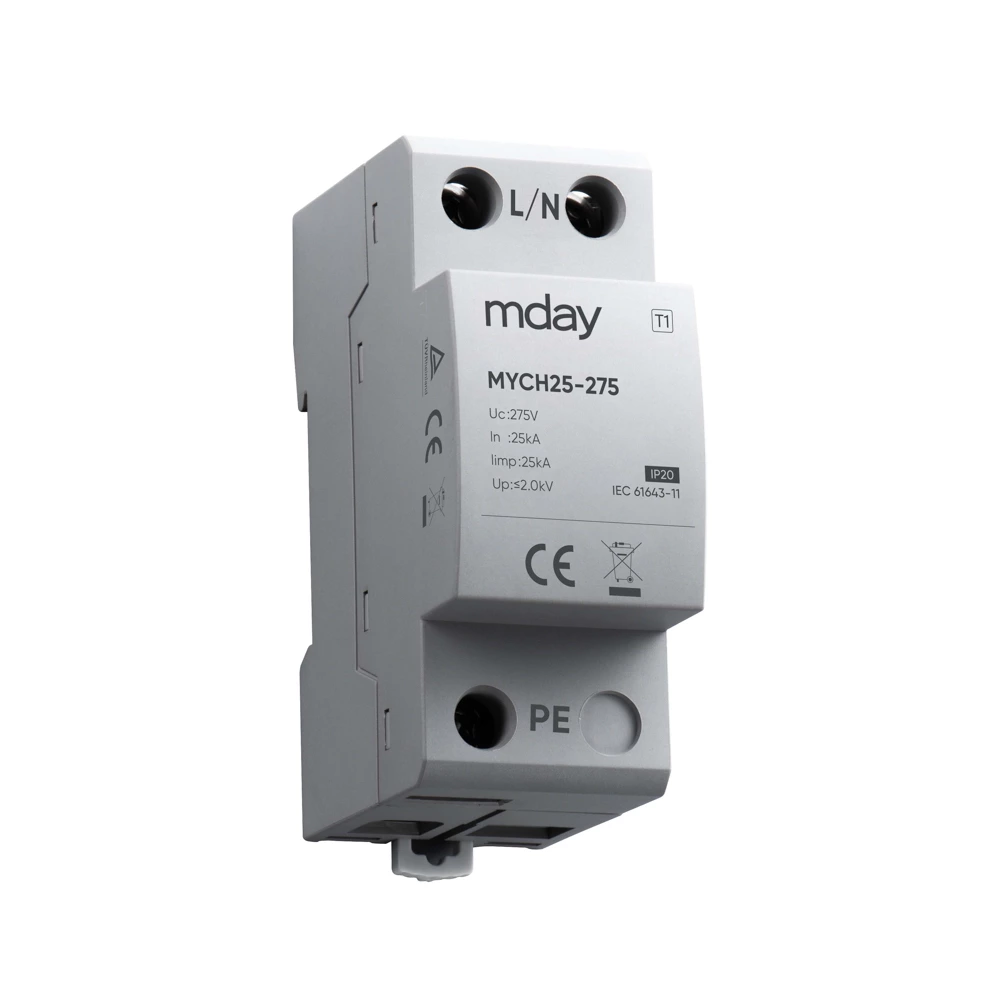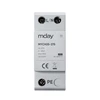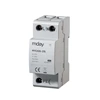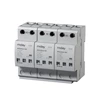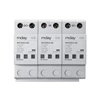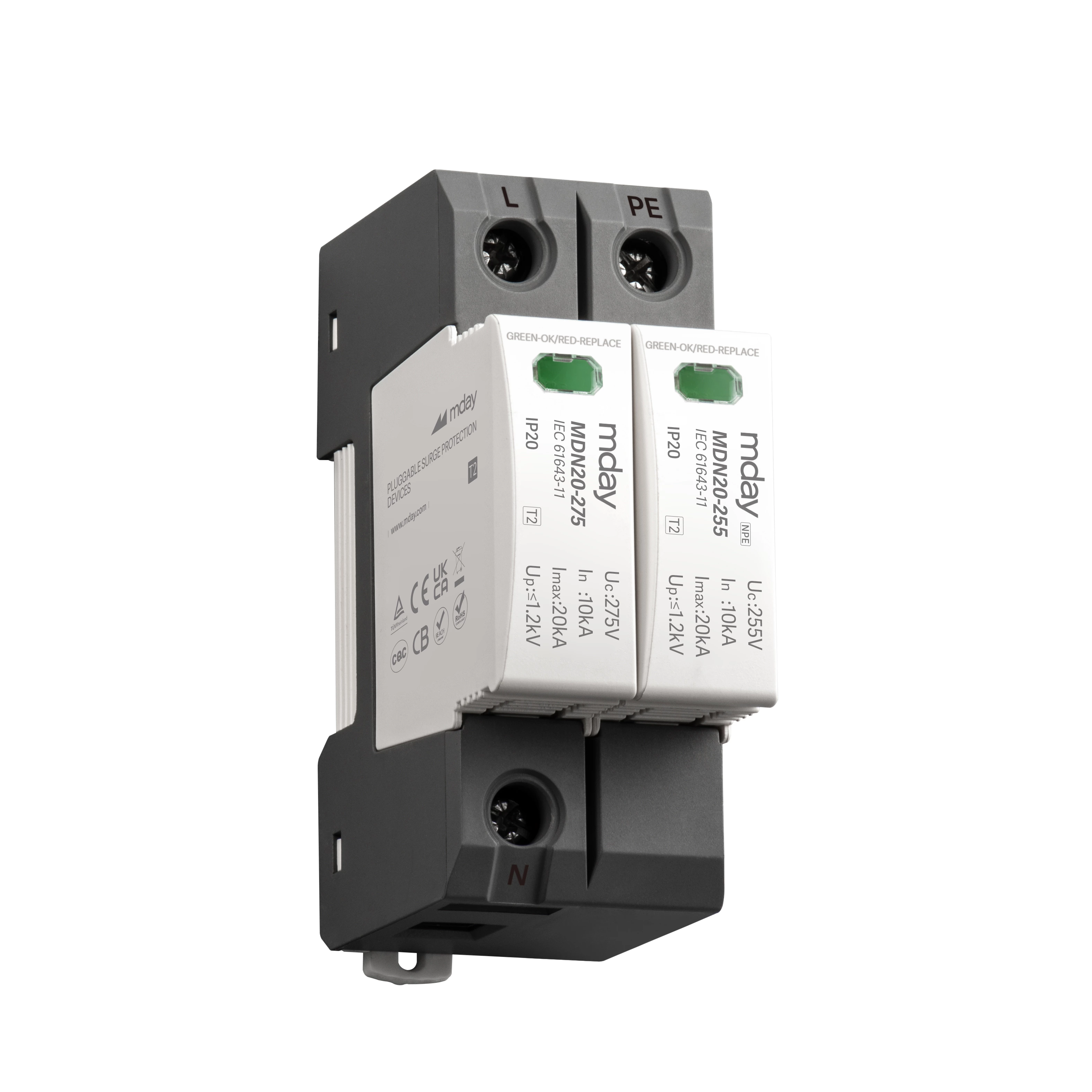How To Install A Surge Protector - Step-by-step Instructions
How to install a surge protector? Surge protector SPD is an indispensable lightning protection device in the lightning protection of electronic products. Its function is to limit the instantaneous overvoltage that penetrates into the power line and signal coaxial cable to the voltage range that the equipment or system software can bear, or to discharge the strong lightning current into the ground to protect the protected equipment or system software from being impacted. Suitable for surge protective device in residential, tertiary and industrial fields.
1. Before installing the surge protection device, we must first ensure that it must be installed under power failure to ensure personal safety. When installing the surge protector, it is necessary to determine whether the surge protector is installed in a single-phase system or a three-phase system, as well as its interface position. Therefore, we need to identify some letters on the power lightning protector: "L", "N", "PE". These letters are printed on the outer shell of the lightning protector and are easy to find. They represent: live wire, neutral wire, and ground. Then, we need to find the air switch in the distribution box. Generally, the lightning protector installed in the distribution box is installed behind the air switch. Finally, we need to connect the lightning arrester and the protected equipment in parallel in the system. The specific connection method is: connect the power cord to the "L" and "N" wiring holes of the lightning arrester respectively, and lead the ground wire from the "PE" wiring hole to the lightning protection ground busbar (as shown below).
2. Before wiring, make sure that the cross-sectional area of the connected wire meets the national standard requirements.
The above is the national standard 51348 regulations. The cross-sectional area of the copper wire connected to the phase line of the first-level SPD is not less than 6m㎡, and the cross-sectional area of the ground wire is not less than 10m㎡. The cross-sectional area of the copper wire connected to the phase line of the second-level SPD is not less than 4m㎡, and the cross-sectional area of the ground wire is not less than 6m㎡. This is the minimum requirement of the national standard. In the actual installation process of the surge protector, the cross-sectional area of the wire must be greater than the cross-sectional area required by the national standard to ensure that the lightning protection is continuously effective.
3. According to the provisions of the national standard 50343, the wire connected to the surge protector should be short and straight, and the total length of the lead should not exceed 0. 5m.
4. According to the national standard 50343, when multiple surge protectors are to be installed on a line, the energy coordination between them should also be considered. Article 5.4.6 stipulates: When the line length between the voltage switch type surge protector and the voltage limiting type surge protector is less than 10m, and the line between the voltage limiting type surge protectors is less than 5m, a decoupling device should be installed between the two-stage surge protectors. Only when the surge protector has the function of automatic energy coordination, the line length between the surge protectors is not restricted.
5. Pay attention to check whether all screws are tightened to avoid heating of the wires due to poor contact and affecting the electrical performance. The lightning arrester does not require special maintenance at ordinary times. It only needs to be regularly checked whether the wire connection is loose and whether the working status indication is normal. It should be noted that when the fault indication is red, it means that there is an internal fault. At this time, the surge protector must be replaced as soon as possible to avoid loss of life and property.
